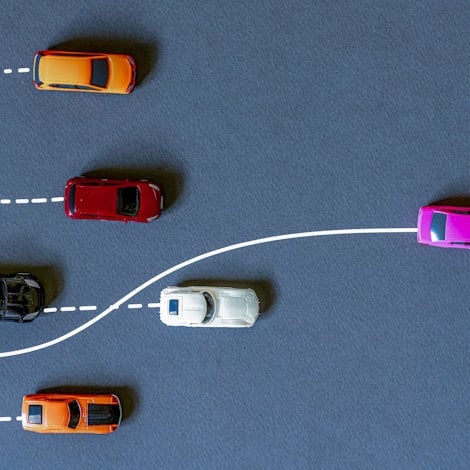By 2030, cars will be using much more aluminium than today – and other trends
The average amount of aluminium in European-made cars has been rising for nearly 20 years, and it continues to grow. Ducker Research & Consulting says that with further lightweighting needs, electrification, and a rising share of larger and premium vehicles, aluminium content per vehicle should reach 256 kilograms in 2030, compared with 121 kgs in 2006. What other trends can we expect to see?
Ducker’s most recent report on Aluminium Content in Passenger Vehicles (Europe), which was prepared for the trade association European Aluminium, contains its outlook for 2026 through 2030. Here are some of the highlights from the report:
- Strong growth in aluminium content per vehicle (CPV) is expected in body-in-white components, specifically crash management systems, shock towers and sills. Aluminium’s crash performance is a driver, especially for crash management systems and doors sills, protecting the battery.
- Aluminium content per battery-electric vehicles (BEVs) is expected to grow from 43 kgs in 2022 to nearly 51 kgs in 2030. Aluminum content is also going to grow significantly in the internal combustion engine-car segment, over the same time frame.
- We also expect growth in each of the three main aluminium product types for vehicles, with increases of 22 kgs in castings, 15 kgs in extrusions and 14 kgs in sheet products per vehicle by 2030.
- Lightweighting and crash performance is driving the growing penetration of aluminium crash boxes, bumper beams and door beams. Many OEMs are using long aluminium door sills for crash performance, especially for electric cars (EVs). There is also a trend toward front longitudinals, and more aluminium extrusions in front-end structures.
- Keep an eye on thermal management! In electric vehicles, components such as chillers, electric coolant pumps, high voltage heaters, and battery cooling plates are going to drive aluminium demand growth. When battery cooling plates get included in the “thermal management” family, the amount of aluminium CPV from this family is expected to reach 24.1kg in 2030.
- In the area of chassis, we expect to see an increase in extruded aluminium subframes.
- Aluminium is favored in EV-specific components because it helps offset battery weight. CPV will grow to 71 kgs in 2030, with extrusions accounting for around 13 kgs of that total. Thanks to its high heat conductivity, aluminium is the favored material for battery cooling plates. Due to crash performance, extrusion is the aluminium product form of choice for battery pack housings for BEVs, while cast battery trays are often used for plug-in hybrid electric vehicles (PHEVs).
- With trim parts, no major change is expected in terms of aluminium trim content per vehicle. The decreasing usage of roof rails is being offset by the increasing share of premium vehicles and by growth in aluminium trim penetration in the mid-size segment.
- The top five growth components driving the highest aluminium content increase are e-drive housings, battery pack housings, large and mega castings, ballistic protection and battery cooling plates. All are linked to electrification.
- The higher the size segment, the higher the aluminium intensity. That said, while this overarching rule remains valid, small and mid-size vehicles (B and C segments) will show the strongest CPV growth toward 2030. Sporty vehicles have the highest aluminium content per vehicle, while SUVs account for the largest aluminium demand in terms of tonnage.
- Jaguar Land Rover, Porsche and Tesla will remain the OEMs with the highest aluminium intensity. Ford’s aluminium CPV will strongly increase by 2026. Today, Mercedes-Benz and Stellantis are the largest customers of aluminium, closely followed by Volkswagen and BMW. Volkswagen will outpace Stellantis by 2026, and Tesla will get near to JLR in terms of aluminium consumption.








